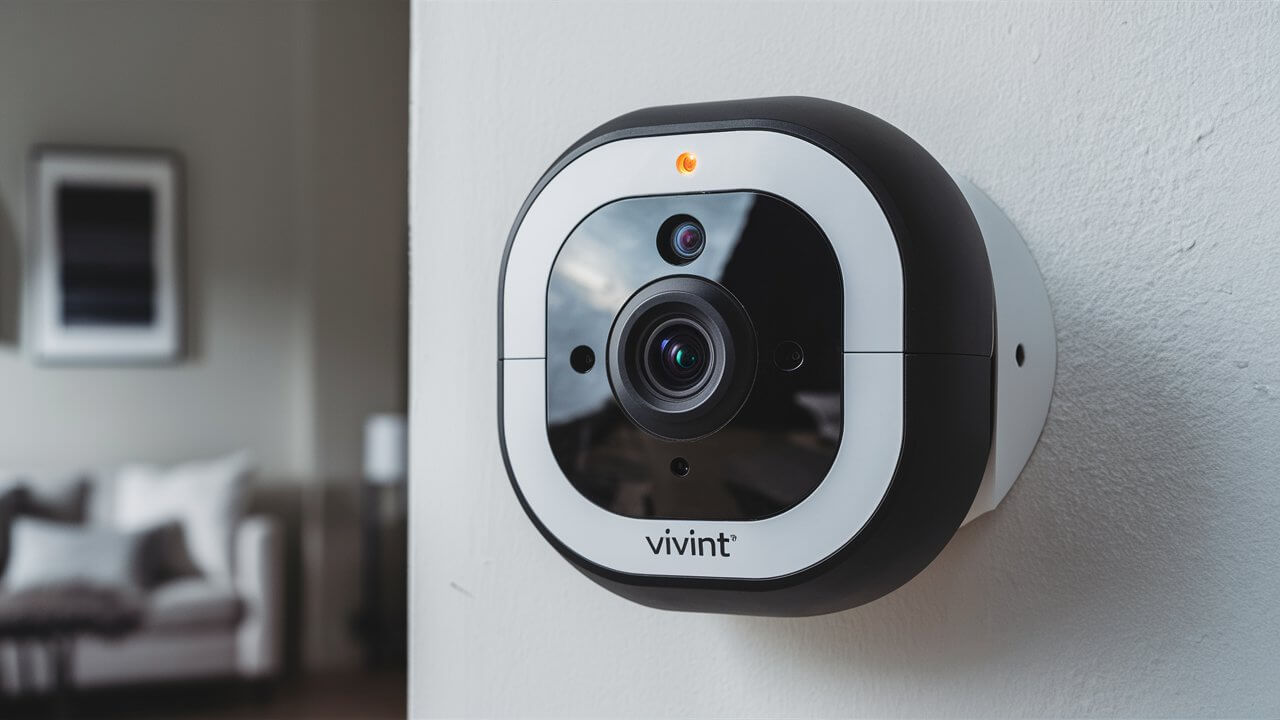Vivint provides packages of Home Security System cameras that enable you to see your home from any location. Their cameras can capture short video sequences in case of any movement, which helps monitor everything when you are not at home. But there may be situations in which you need your Vivint cameras to record for hours, days, or even months capturing all the events around it. Here are some steps to follow if you want to let your Vivint cameras record continuously.
Determine whether your camera is compatible with the continuous recording feature.
Some Vivint cameras are not capable of recording 24/7. The majority of their indoor and outdoor cams such as the Ping Indoor/Outdoor Cameras, Peephole Cameras, Outdoor Camera with Spotlight, and Indoor Camera with Night Vision allow continuous recording as long as the cam is correctly installed. However, make sure that the Vivint camera you have has a continuous recording option that you will see in its specifications.
How to ensure that your camera is always connected to a power source?
Since Vivint cameras are intended for usage around the clock, these products require perpetual energy input. They will not record everything when they experience power fluctuations. So, if you are using wireless cameras such as the Peephole Camera, these will have to be unmounted from battery power and connected to the wiring system. If you are utilizing wired indoor/outdoor Vivint cameras, then be certain that it’s connected to electric outlets and stay connected.
Please switch to the Premium Security Camera Bridge Plan.
The company provides several home security camera options with varying surveillance services. It is highly unlikely that even the most basic plans will allow users to record their calls 24/7. To record in the cameras constantly, you will have to subscribe to the Premium package that enables non-stop recording, additional rights to cloud storage, and extended recording time for enhanced resolution.
Best power or keep or upgrade your micro SD cards
Unfortunately, not all Vivint cameras have microSD card slots in them which enable the camera to record more videos locally in case it loses connection with WiFi. If your cameras have microSD slots, slot in high-capacity ones such as 64 GB or 128 GB to ensure are used for continuous recording. If you already have cards, then always make sure to have higher storage cards. This might need to be professionally fitted to your car.
Out of all these practices, the nonstop video recording rule can be set up as follows:
Even if your physical hardware can capture events around the clock, you need a system that makes the cameras do it. To create a rule based on the Recording Schedule in the Vivint app or desktop land, locate the camera you need, tap or click the Settings, then select the Recording Schedule, and finally, create a rule with the Continuous Recording enabled for the Recording Type. Repeating for each camera that you want the system to record continuously day and night. Scheduling can be adjusted or further refined should you wish in the future, from the current status.
It will also determine the resolution options for your chosen video format.
One disadvantage of constant recording is that it may consume substantial memory at a fast rate, particularly when recording more resolutions. As for your camera’s Recording Schedule, you can even modify the resolution and quality of a nonstop video depending on the given camera specifications. For instance, you may choose 1080p video resolution to capture at any instance but decide the period where full-resolution video is archived before getting replaced by new ones. Or you can have different quality levels which can be saved for the variety of recording durations.
Perimeter recording will create a massive amount of video footage which will either require a lot of local storage or may fill the Vivint cloud storage to the brim in a very short time depending on the security plan one subscribes to. Typically, most packages offered by Vivint come with a limited amount of initial storage specifically for clips related to motion. However, the constant recording will let you need to buy more space in the cloud to store video, without deleting footage taken around the clock instantaneously. Additional storage is available as a service through an increase in the capacity of a customer’s Vivint account or smartphone application.
Step 4: Check and Adjust Your Settings
Once this has been done, make sure that all your cameras are capturing video with no break throughout the entire day’s cycle. Ensure that the video resolution and the durations before storage are reached seem reasonable. Fine-tune any lingering concerns with settings to ensure each camera continuously records on a 24/7 basis. More lighting is recommended in cases where the night vision footage provided is too dim. Replace bad memory cards if the signals show any signs of a problem. Make sure they have not disconnected the camera connection if using wired ones are used frequently.
Conclusion
To capture what your Vivint security cameras see 24/7 requires a couple of equipment adjustments and plan tweaks for comprehensive home monitoring. Continuous and round-the-clock monitoring can help detain incidents at your property by recording every action that is done, which can be reassuring, comforting, and useful in case of a dispute. Simply know that you will need to purchase enough local and cloud storage to preserve all the videos that your cameras record daily.
Protect your home today with ADT’s top-rated security solutions!
Call now at +1 877-470-7879 to get a free consultation and find out how you can secure your home with the best in the business. Don’t wait—ensure your peace of mind with ADT!


